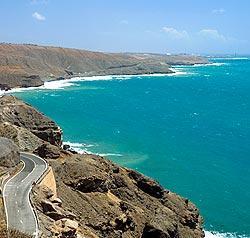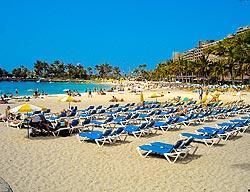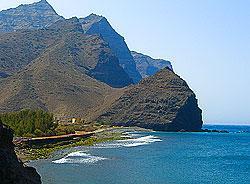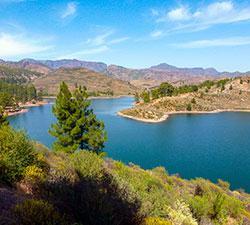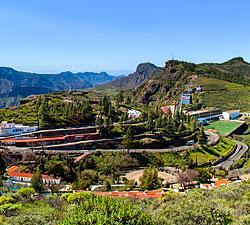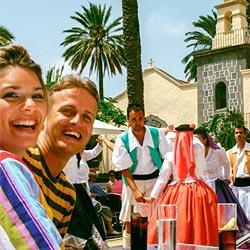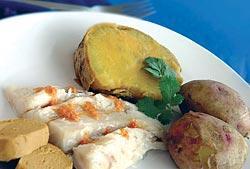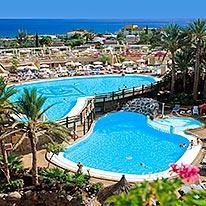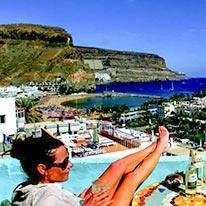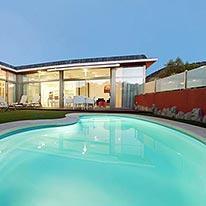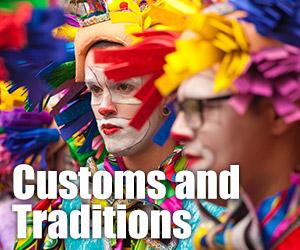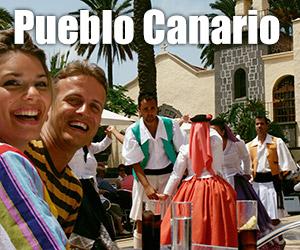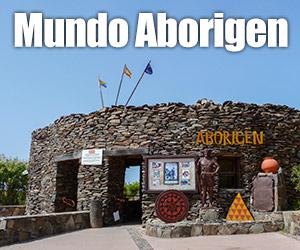"Canarians are like the Giant Teide, snowy quietness on the outside and fire in the heart..." (folk song).
Long before the first European sailors arrived on the Canary Islands, all seven islands were inhabited. Guanches, ‘guan’ (meaning 'man') and ‘che’ (meaning ‘white mountain’, referring to the snow-crowned Teide on Tenerife) in the native tongue, was the general name given to those inhabitants, although in fact all the islands have their own unique aboriginal names. For example, the people of Gran Canaria are known as Canarios. Guanches are believed to have arrived on the islands between the 5th and the 1st century B.C., probably from Africa. According to Spanish historical records, the Guanches were tall, strongly built, white-skinned, blue-eyed and blond-haired.
The Guanches were cave dwellers, which was a logical development with regard to the climate of the Canary Islands. A cave dwelling was the perfect solution for both summer and winter, keeping people cooler or warmer, and also ideal for storage purposes.
But how did the Guanches arrive on the islands if there’s no evidence of Guanche boats? Actually, no one knows for sure, although people think that pirates marooned them there or they could have been convicts exiled by Romans or Carthaginians. Another theory says that they may have floated across from North Africa on reed craft.
Although the Guanches learned how to adjust their way of life to the rocky landscapes and lived in caves or simple huts built out of rocks, their society was not entirely primitive: they had a relatively sophisticated social structure. This varied from island to island, but most of them had a tribal structure, ruled by a chieftain who was in turn advised by a council of elders. When discovered by the Spaniards, the natives were advanced enough to use pottery. Their main foods were milk, butter, goat and pork, and some fruits. Their clothing consisted of leather tunics or vests made of plaited rushes. They left alphabet-like characters and rock carvings and paintings, yet the meanings of these remain obscure.
Today, Gran Canaria boasts an average of 517 people per square kilometre, the highest housing density in the archipelago and in the whole of Europe. Almost half of its population resides in the city of Las Palmas, a place with a great ethnic mix and strong cosmopolitan image.
The inhabitants of Gran Canaria are a proud, friendly and easygoing people, the majority of them being descendants of the Spanish conquerors, colonisers and assimilated Guanches. In general, they are open-minded, willing to help and happy to show visitors their culture and their island.
As a result of having been a bridge between Europe and the continents of America and Africa for so long, many members of other nations – in particular merchant families and seafaring people – have settled on the Canary Islands from early on. Their descendants are fully integrated in the island’s society, where nobody would deny them their status of genuine Canarios.
Almost 96 per cent of the inhabitants of the Canary Islands are very tradition-conscious Roman Catholics, which can be witnessed on big religious feast days and particularly during Semana Santa (Holy Week), when extensive celebrations take place all over the islands.



